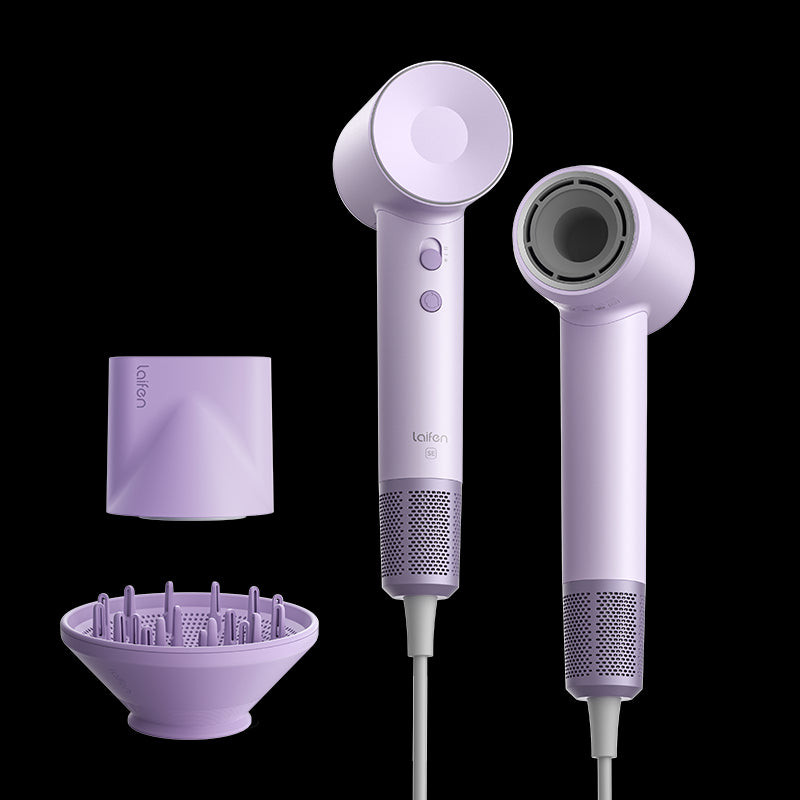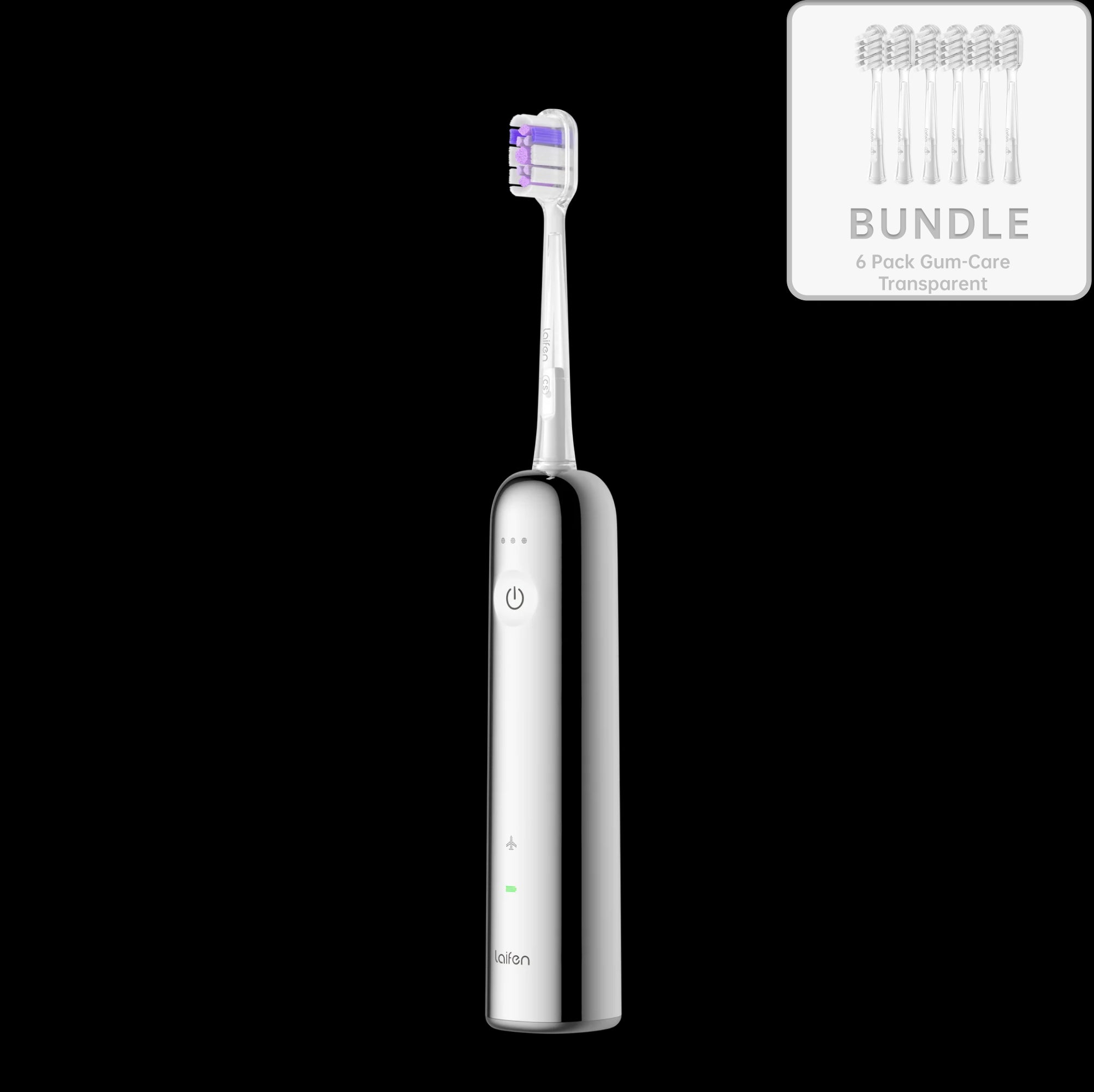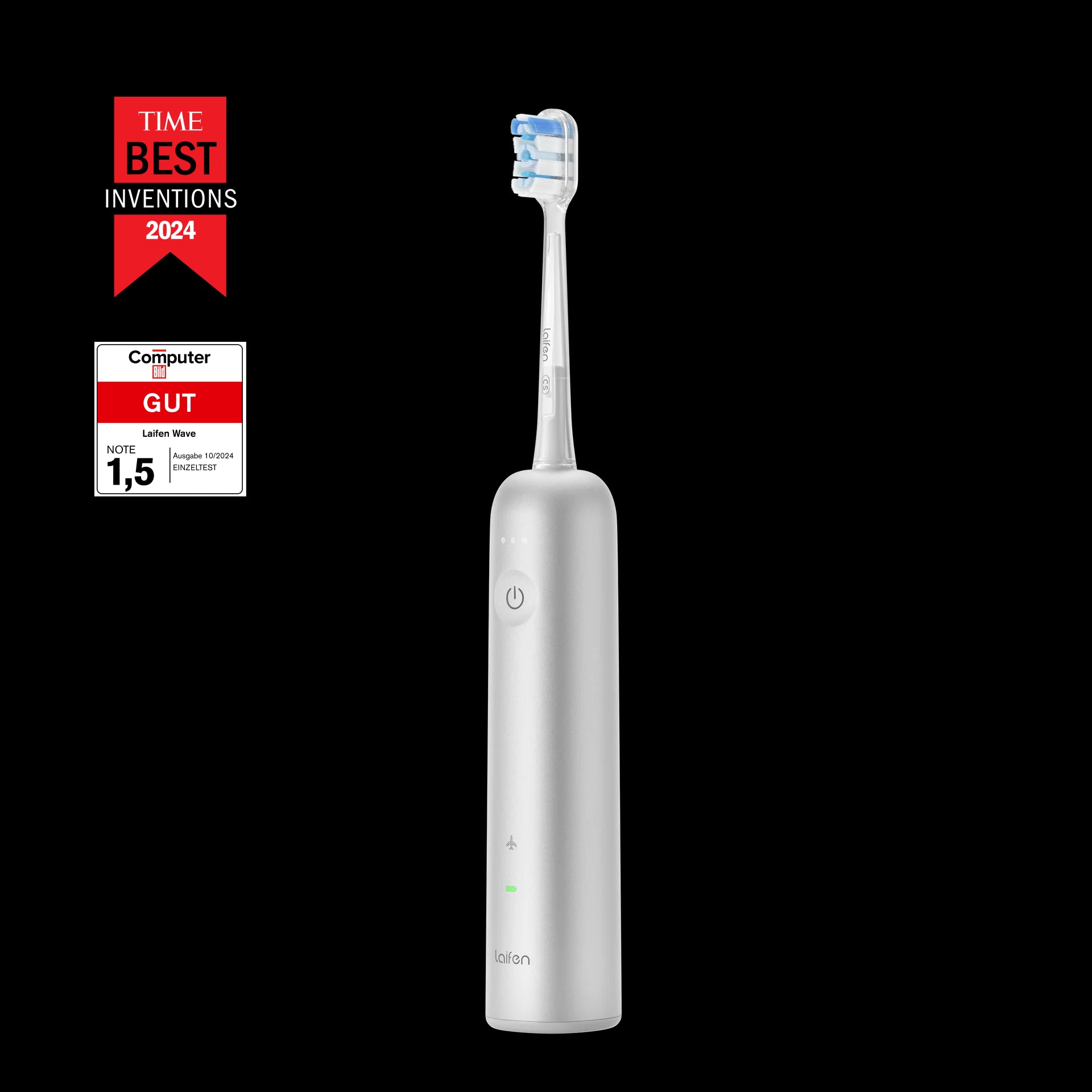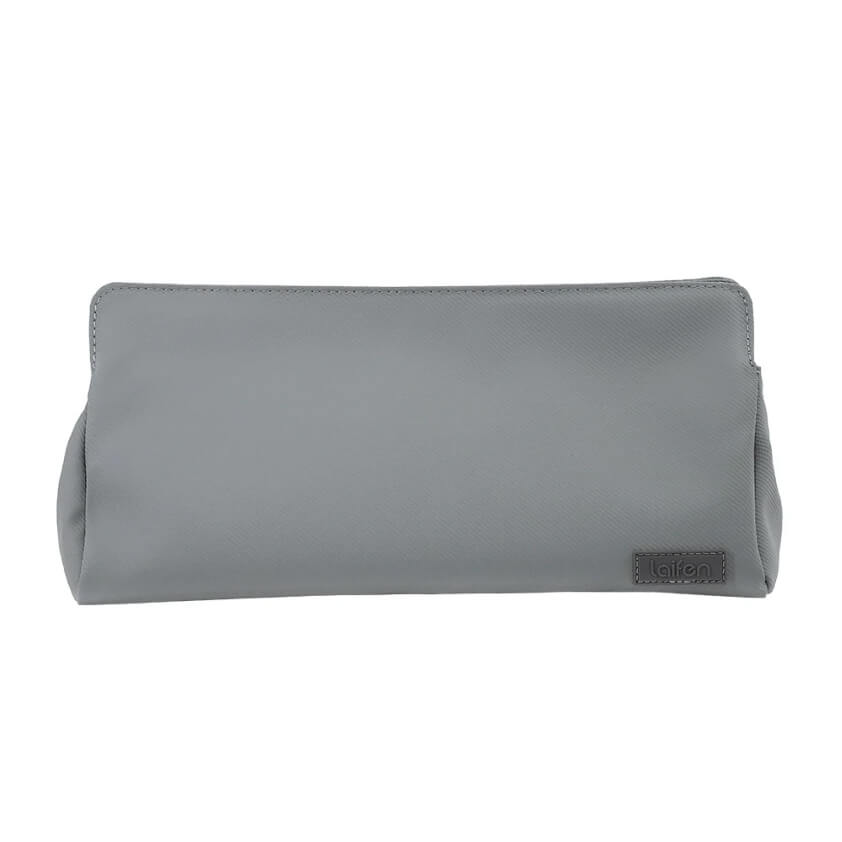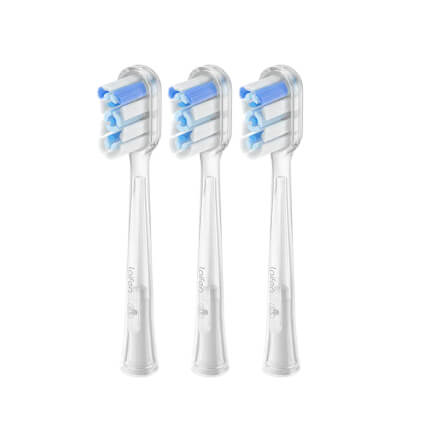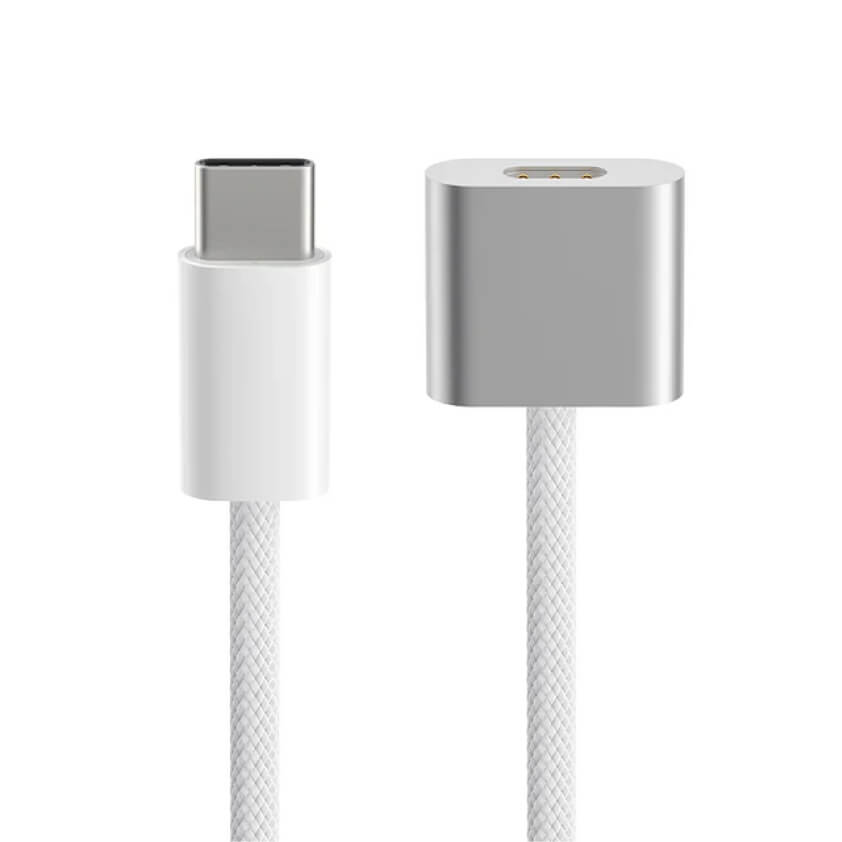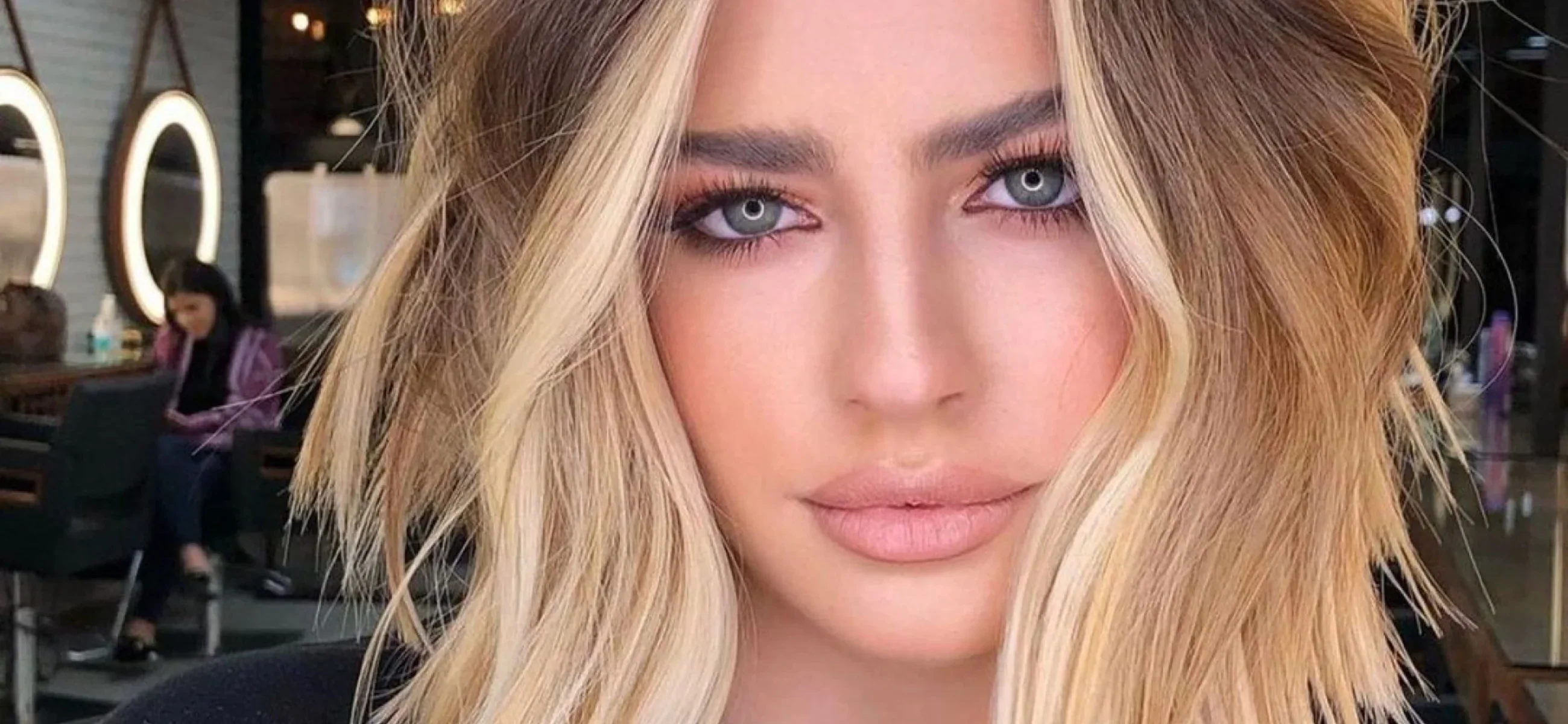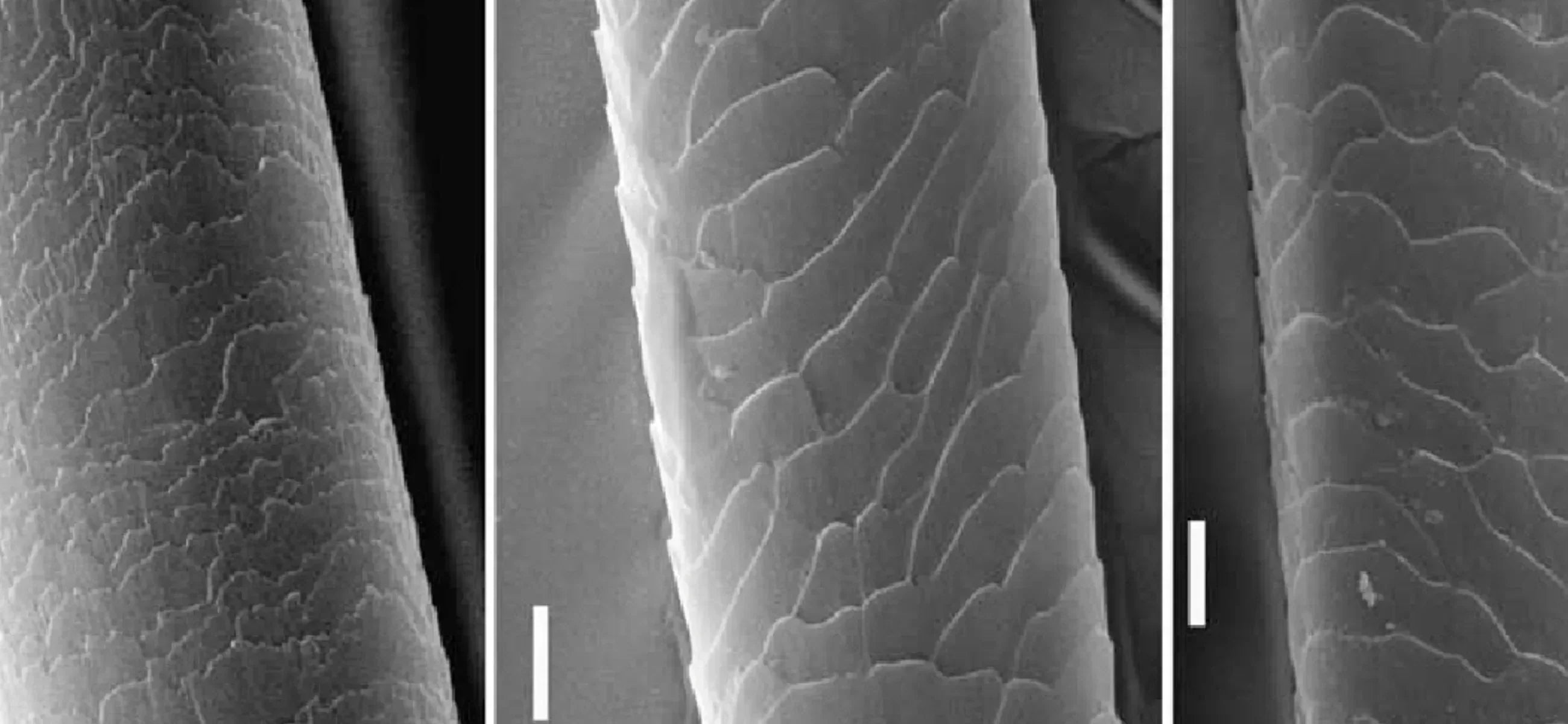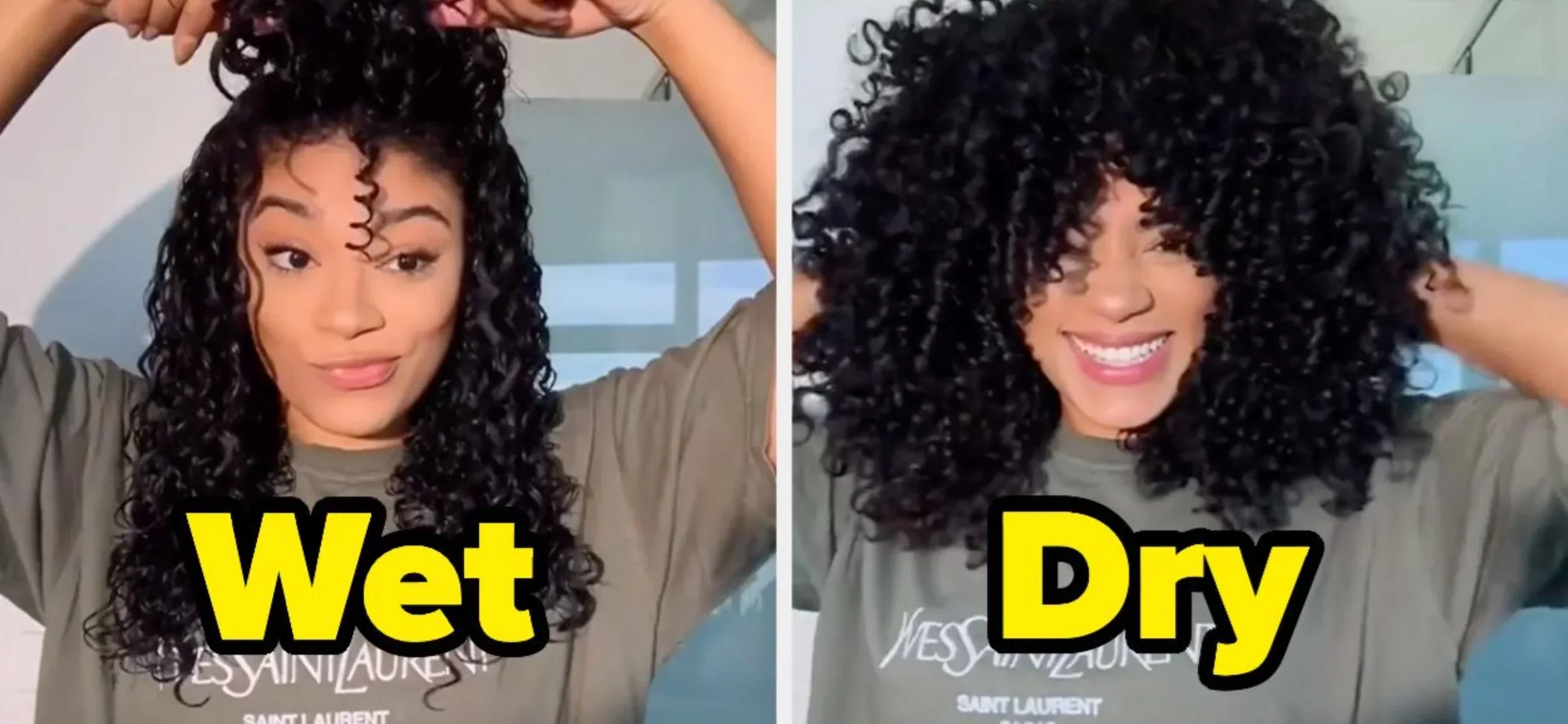
In this article
You’ve probably had your hair cut while it’s wet without thinking much about it, or maybe you’ve heard people talking about dry cutting and wondered what the difference really is. The truth is, there’s more to it than just whether your hair is wet or dry.
To talk about what they are. A wet cut is done after your hair’s been washed, which makes it easier to section and shape. A dry cut, on the other hand, is done on hair as it naturally sits, which helps your stylist see how it really behaves especially if you’ve got waves, curls, or layers.
So why should you care? Let’s talk about what each method actually means, what to look out for, and help you figure out if it’s truly healthier to cut your hair wet or dry.
Is it better to cut hair wet or dry
From a professional perspective, wet cutting is ideal for precision and structure. They often recommend it for styles that require clean lines, such as blunt bobs, geometric cuts, or when removing significant length.
Dry cutting also allows the stylist to see your hair’s natural texture and fall in real time. This is particularly helpful for layered cuts or textured styles, where movement and shape are key. Dry cutting minimizes surprises, especially when hair tends to shrink or bounce differently after it dries.
Hair type and hair length

Hair type and length are two of the most important factors a professional stylist considers when deciding between a wet or dry cut.
-
Hair type: Curly, wavy, and highly textured hair types often benefit from dry cutting, as it lets the stylist work with the natural curl pattern and avoid uneven shaping caused by shrinkage once the hair dries. For clients with straight or fine hair, wet cutting is generally more effective for achieving defined lines.
-
Hair length: In terms of length, short hairstyles like pixie cuts and graduated bobs often require the precision and structure of a wet cut to maintain balance and detail. Meanwhile, longer hair with layers or softer, feathered ends can benefit from a dry cut to preserve flow and volume.
Should you trim your ends wet or dry
While trimming split ends is usually the focus of this question, the real conversation goes deeper. It’s more about how your hair behaves, how it grows, and what kind of shape you're trying to maintain or create. Wet cutting can be ideal when you’re looking for evenness and sharp, defined lines, especially in more structured styles.
That difference matters more than most people think. Cutting hair dry helps spot imbalances that wet hair can mask like uneven curls or weight pockets that throw off the shape. It's particularly helpful for those who air-dry their hair most of the time, since the stylist can sculpt the cut exactly how it will look in everyday life. For clients who prefer heat-styled looks, wet cutting might offer more precision and control.
Tips for maintaining your cut
These tips are designed to go beyond “use heat protectant” and actually help your cut look and perform better over time.
Rinse your hair with cooler water at the end of your shower
It sounds simple, but this small shift can seriously boost the life of your cut. A cool rinse helps seal the cuticle especially important if you’ve got layers or a cut that relies on movement. It also helps maintain any shaping done during styling, since open cuticles (from hot water) can cause frizz and puffiness.
Use a temperature-controlling dryer like the Laifen Swift Special

Precision styling needs precision tools. The Laifen Swift Special’s smart temp control avoids overheating your hair, so your cut doesn’t lose its shape or get weighed down by dryness. Its high-speed airflow smooths the hair quickly without having to crank up damaging heat levels.
Avoid tying your hair the same way every day
Always throwing your hair into the same tight ponytail? That daily tension wears down specific parts of your cut especially around the crown and nape. Over time, it can cause breakage that throws off the balance of your style. Switch it up with looser styles, soft scrunchies, or alternate your part to avoid uneven wear.
Keep a mini spritz bottle with leave-in + water mix on hand
Instead of restyling from scratch or soaking your hair completely, a light spritz can revive the natural shape of your cut, especially for curls, waves, or layers that fall flat overnight. Mix a bit of your favorite leave-in with water in a small spray bottle.
Learn your haircut’s “fall line” and style accordingly
Every haircut has a natural fall that is the way your hair was shaped to move or part. Fighting it (like forcing a middle part on a side-cut bob) can make your hair look uneven or lose its edge. Ask your stylist where your cut is meant to fall, and lean into that when styling.
Schedule trims based on structure, not just time
Don’t just go by the calendar. Some cuts start to shift when bulk builds up in key spots long before you see split ends. Watch for signs like your bangs sitting differently, your curls losing bounce, or your bob flipping where it shouldn’t. These are structure cues that a minor trim could reset everything.
What’s really better for your hair?
At the end of the day, there’s no universal answer because the best way to cut hair is about how your hair behaves in its natural state, what kind of shape you want to maintain, and how your stylist works with that in real time. Dry cutting, on the other hand, gives a more visual and intuitive approach. You shouldn’t have to settle for a default approach. So next time you’re in the chair, don’t be afraid to ask: “Is this the best approach for my hair?”


